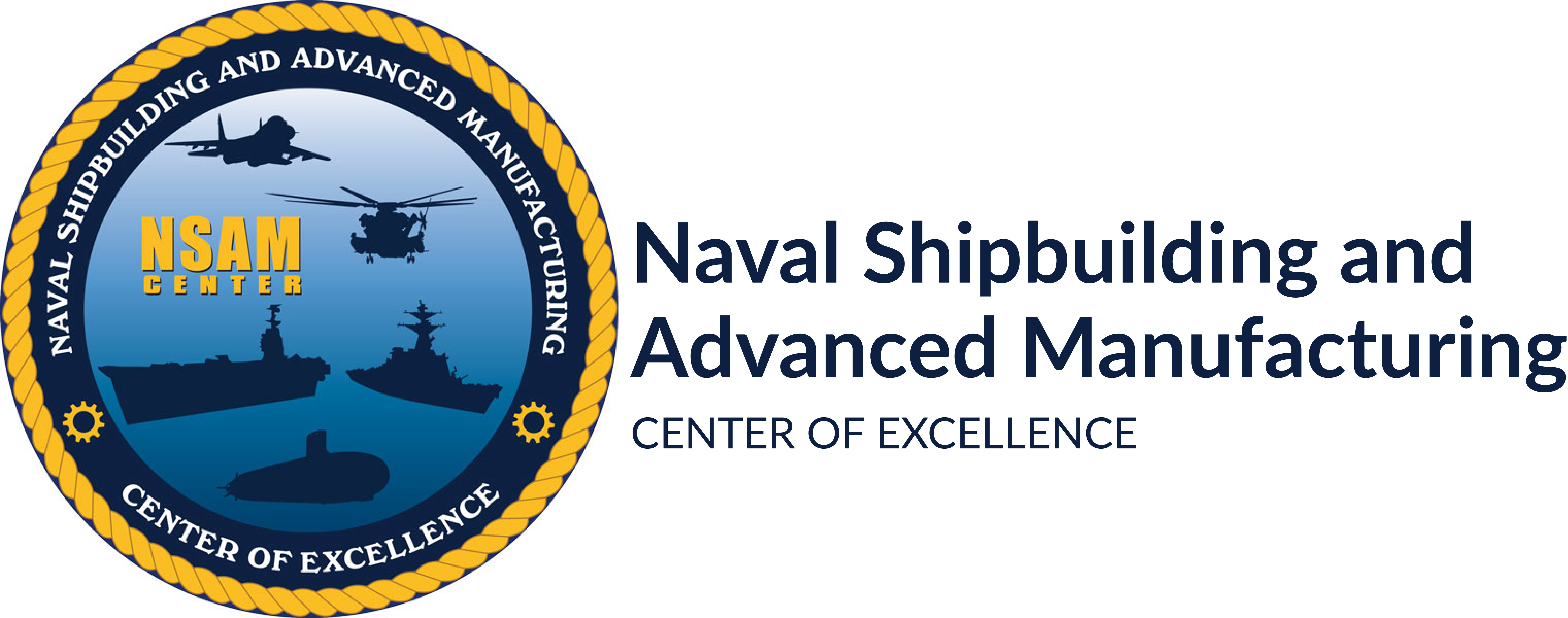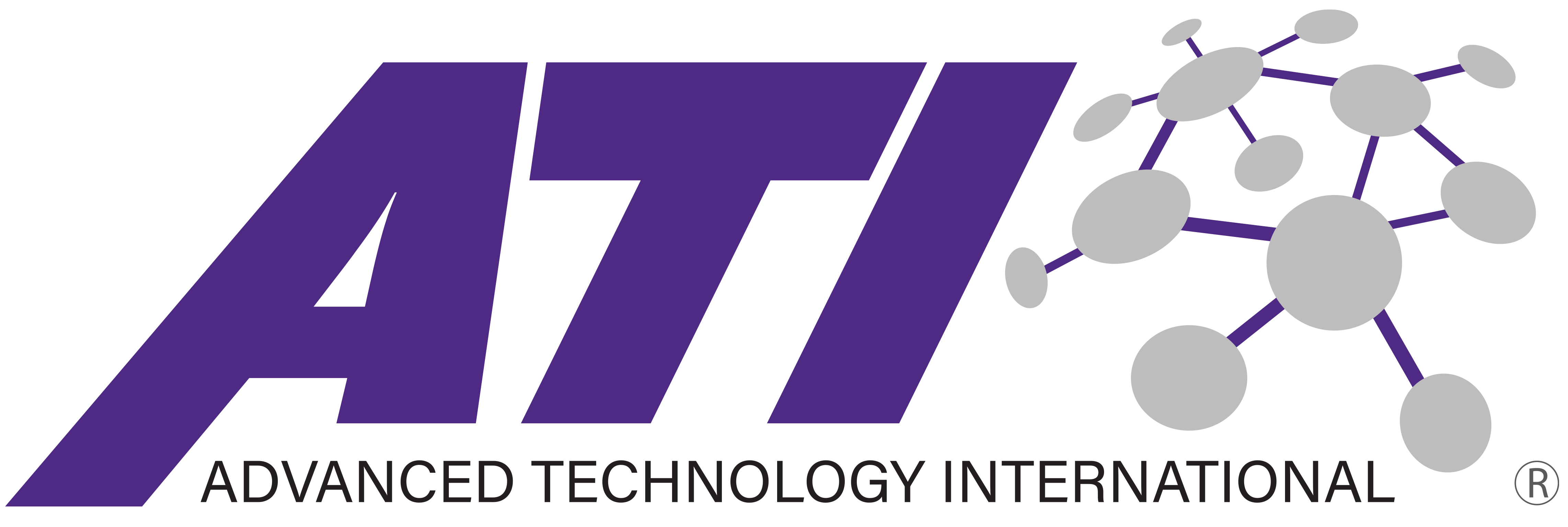Project Participants:
Project Start: June 2007
The outfitting construction phase of any vessel is complex and time-consuming. There are dozens of unique outfitting items (weighing less than 40 pounds each) onboard a DDG-1000 class destroyer. Totaling over 20,000 pieces per ship, these items include bulletin boards, coat hooks, mirrors, electrical receptacles, and similar use items. The conventional, labor-intensive method of welding, riveting and bolting these items adds unwanted cost, time and weight in new ship construction and repair activities. The average time to install individual items using the current methods ranges from one to four hours, with set-up time alone varying from 1.5 to 2.5 hours. To compound the problem, 100% visual inspection of the welded attachments is required for quality assurance. Some commercially available products, such as Very High Bond (VHB) adhesive tape, acrylic adhesives and epoxies have shown great promise for use as alternate mounting methods to reduce cycle time for installation.
This project sought to determine the most suitable commercially available bonding material using a NAVSEA-approved test plan that evaluated the bonding material’s suitability for use onboard US Navy vessels, specifically the DDG-1000 platform. Bath Iron Works (BIW) and Northrop Grumman Shipbuilding-Gulf Coast (NGSB-GC) identified a set of outfitting items (Category I) separated by the degrees of difficulty required to mount these items, such as unit weight, purpose, shape, and location. The project conducted a technology review and down-select process that identified the most feasible adhesives that would meet operational requirements as determined by the cognizant NAVSEA technical authorities, ultimately testing Very High Bond (VHB) adhesive tapes.
Resolving this manufacturing technology issue has the potential to reduce outfitting time by 20-50% for those approved items, resulting in cost avoidance on the order of $1.5M to $3M per ship. However, the potential for cost savings is not only dependent on the adhesive technology, but also upon approval by the appropriate Navy Technical Authority/Technical Codes. As such, this technology was subjected to rigorous testing and evaluation to determine the feasibility of shipboard use. Findings from this project should also benefit construction activities at other major shipyards, as improvements to this methodology are not limited to destroyers, but are applicable to aircraft carriers and other surface combatants as well. Once the NAVSEA Technical Authorities review the project’s test results, BIW intends to commence implementation activities, first through an at-sea trial period and upon receiving NAVSEA approval, work to integrate VHB use at ship construction facilities in 2010.
Project Related Reports & Documents




